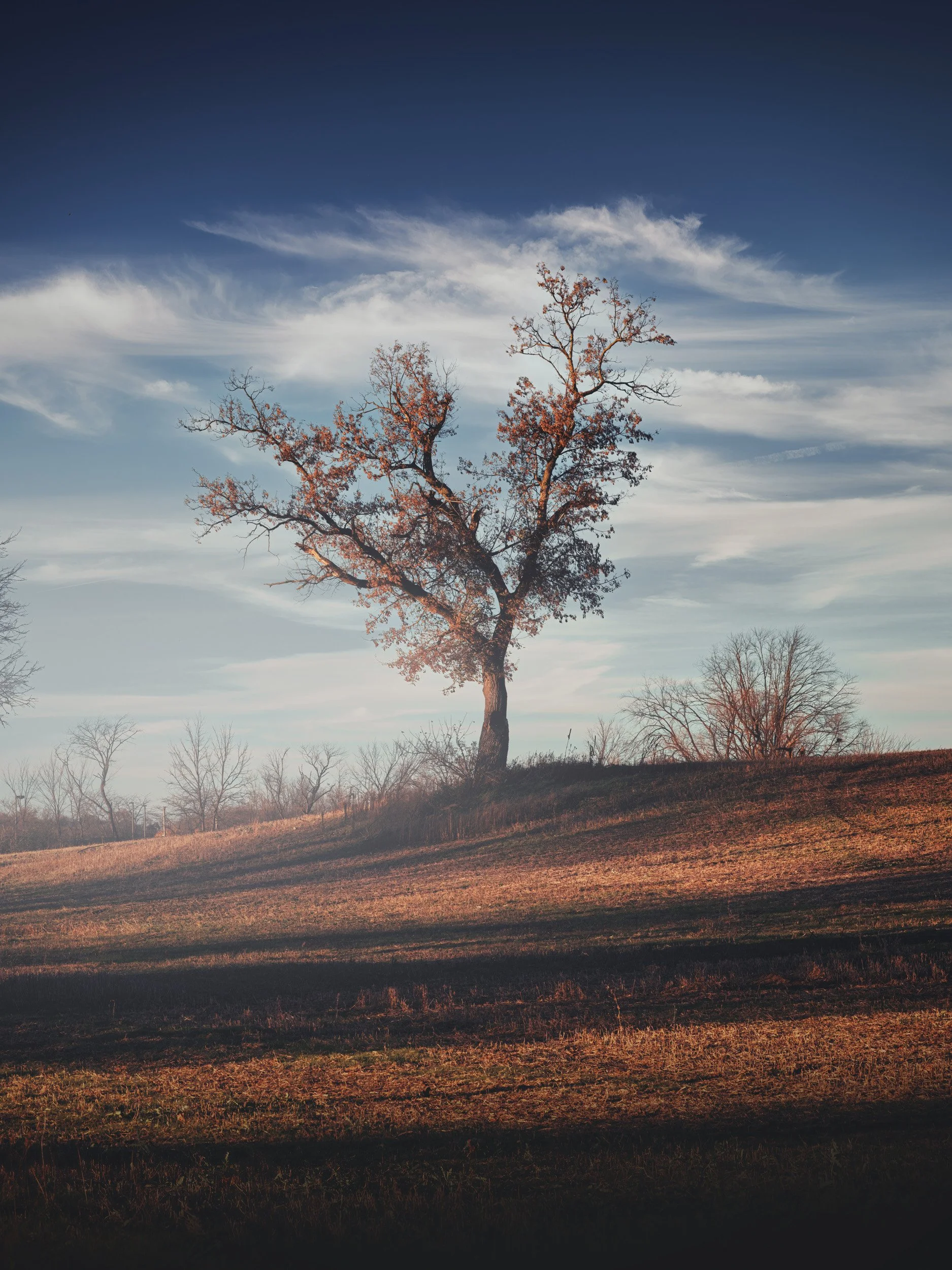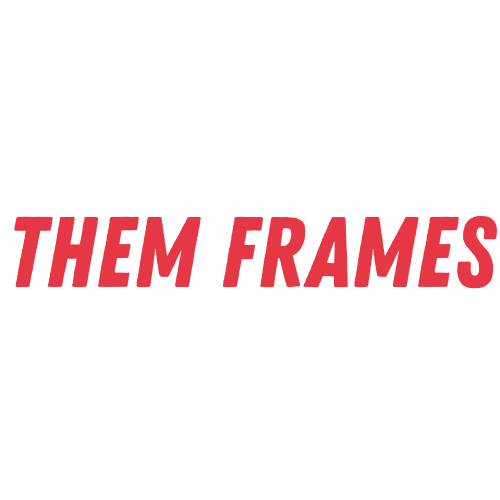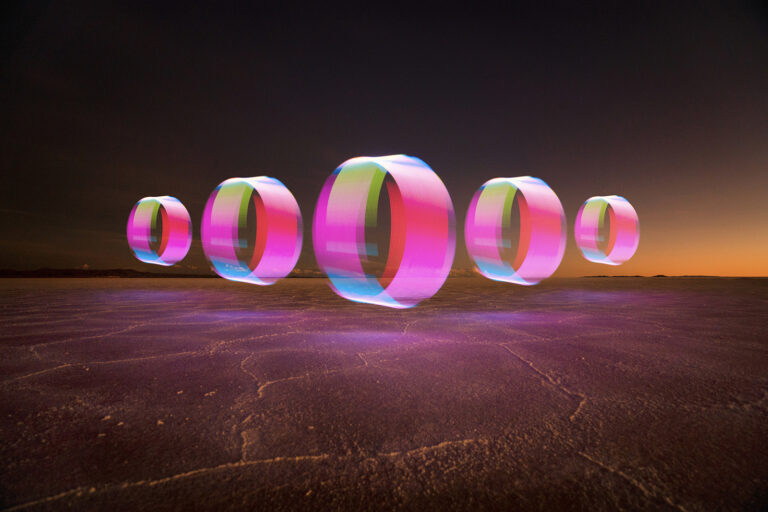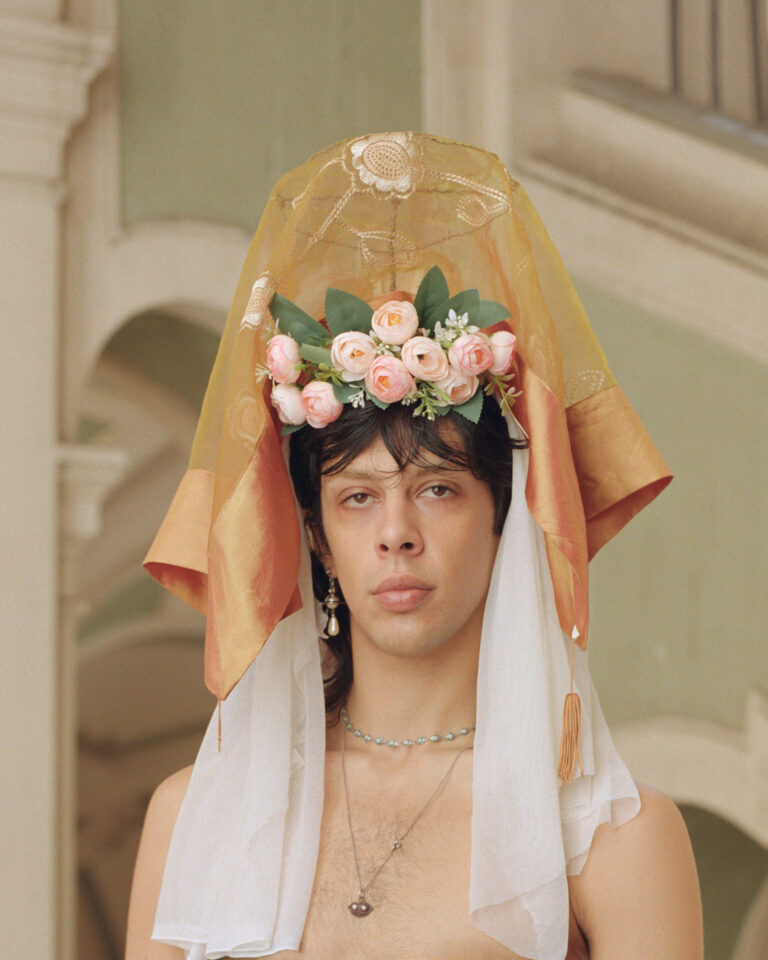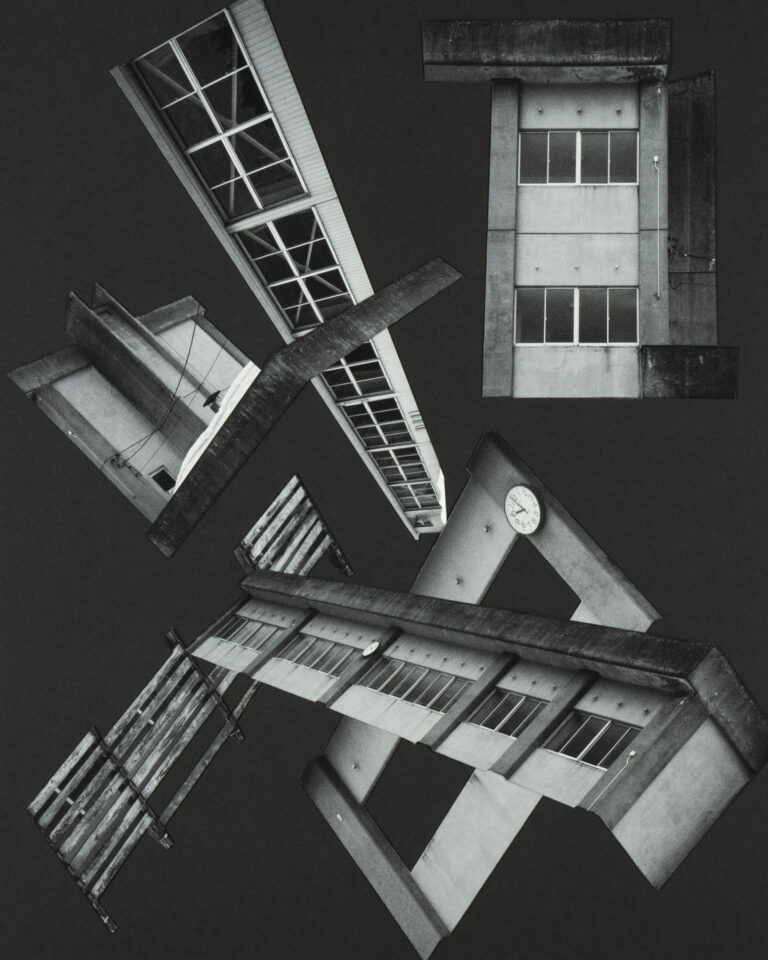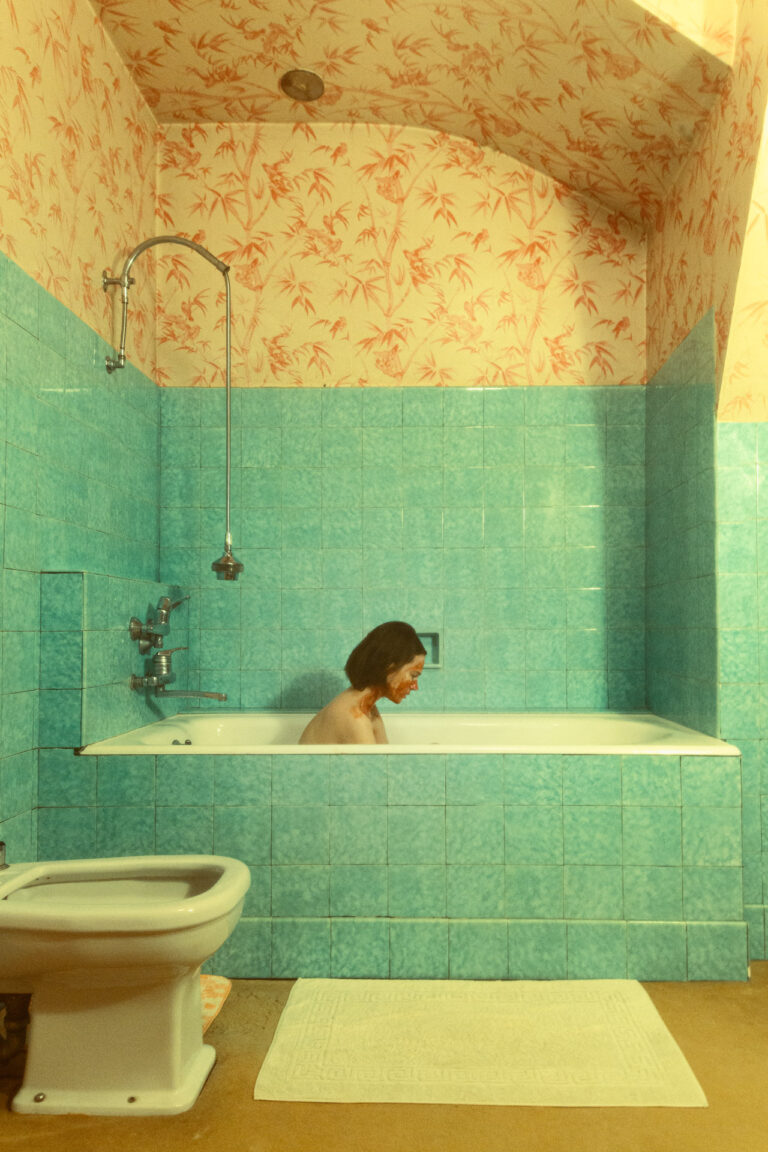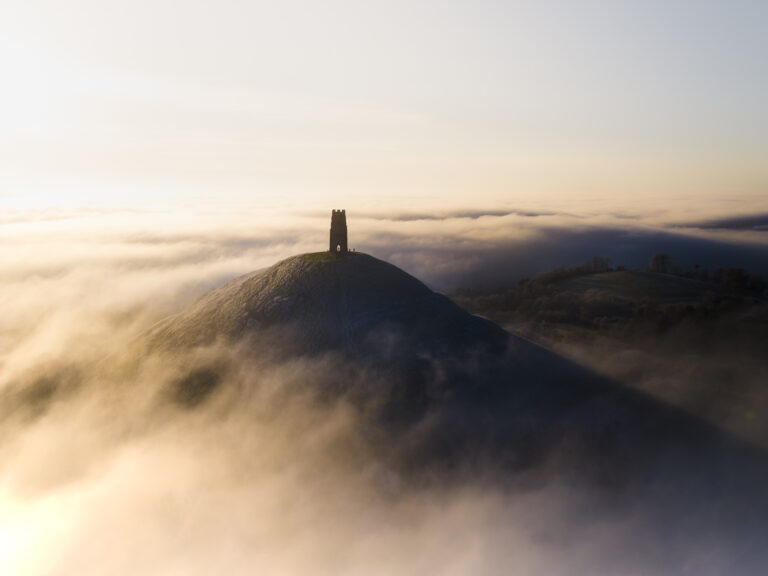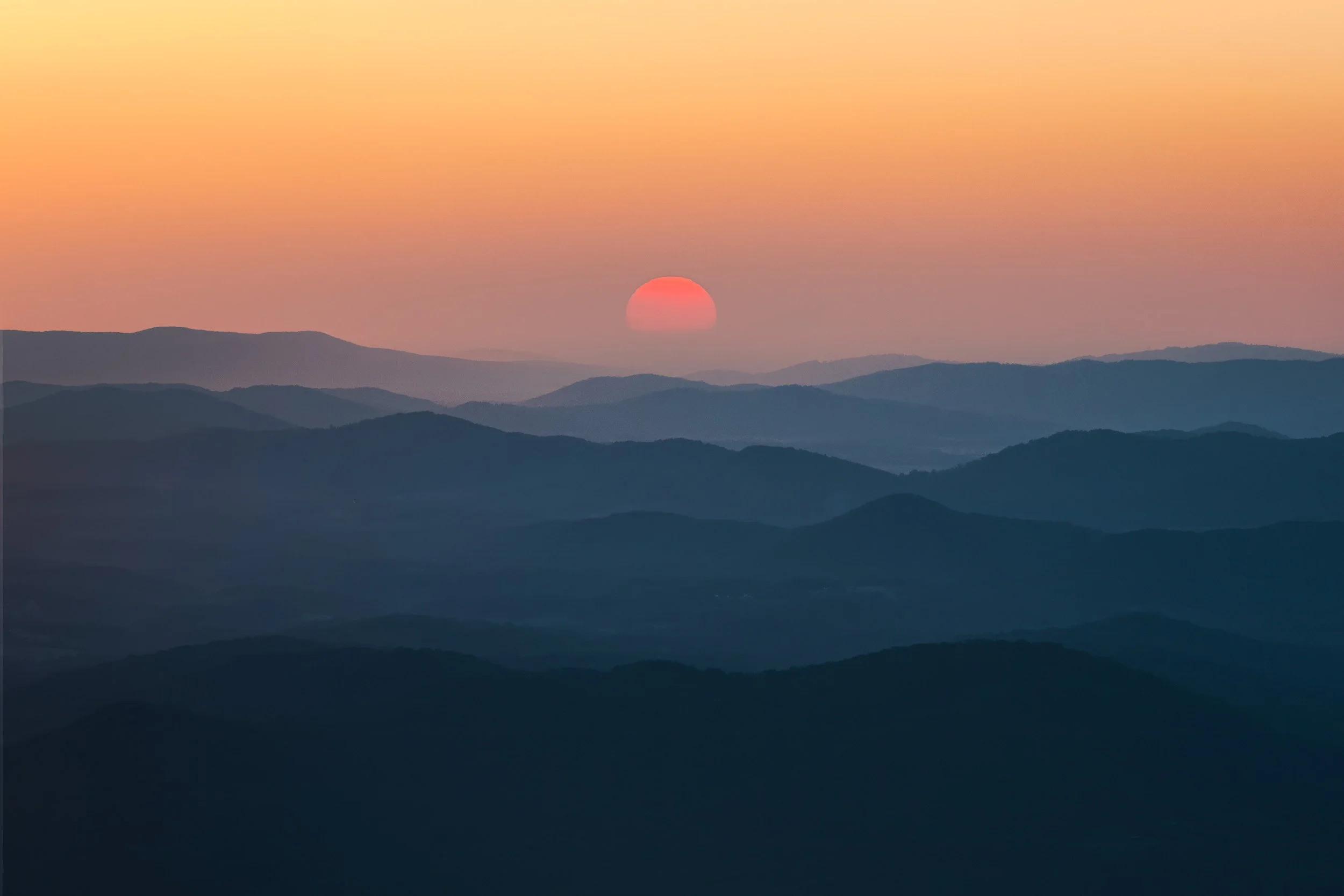
“Learning how to be a landscape photographer in a place like the Midwest wasn’t easy,” says Bryan Minear. He adds, “I’ve had to find my own visual language to make something out of nothing.” It’s a language that’s attracted widespread attention, one that speaks to many and one that is sure to put you in a state of awe.

It was a cold, gray afternoon in the north of England. I was tired, uninspired and ready for the day to end. Then, my phone lit up with a notification: “Check out Bryan Minear!”. It came from fellow photographer Derek Fahsbender, someone I’ve interviewed in the past and a guy whose opinion I value.
As the saying goes, there’s no time like the present. So I made myself a warm drink, shut down the lights and fired up my laptop. “Oh my god,” was my first response as Minear’s otherworldly frames transported me from my miserable environment and planted me inside a new enchanting world — a world I didn’t want to leave.
The attention to detail is incredible. His images, layered with splashes of vibrancy, built on a foundation of deep, dark character, are absolutely magnificent. And, although his frames may veer away from what we call reality, Minear has done a tremendous job of ensuring the earth’s natural beauty remains the heartbeat of each image he creates.
His works have been featured all around the world including New York, Rome, Paris and more. He’s also an official Fujifilm X-photographer, having initially caught the attention of the brand in 2015.
I had the pleasure of catching up with Minear to learn more about his full creative process. Get cozy, you’re about to go on a thrilling adventure.
Them Frames: Your landscapes are incredible. Vibrant, full of depth and character, otherworldly. How do you develop an idea and what is the process like of creating the frame?
Bryan Minear: Well thank you, I really appreciate the kind words. I would say that the majority of my work is visualized spontaneously at the moment of capture, but there is a fair amount of location scouting and visiting certain spots again and again until the light and/or conditions are just right.
Landscape photography has always been somewhat of an escape from reality for me. It’s time where I can just be 1-on-1 with nature to lose myself and all of the stresses in life.

Them Frames: Your editing style really stands out from the pack. How long did it take you to develop your editing voice and what is an “editing session” like for you?
Bryan Minear: I actually had someone comment on one of my images on Instagram not too long ago with the absolute best description of my editing style that I’ve heard. They said that they “really appreciate how my style spits in the face of realism and just goes for the feeling/mood of the space” which is perfectly fitting. I want to tow the real/fantasy line so well that you can’t help but ask yourself “whoa, is this real?”
But I think in a lot of ways, I’m still learning my editing voice. I am constantly trying to learn new techniques and grow as an artist and post-processor. As a graphic designer who spends 8-10 hours a day buried in Photoshop, Illustrator, and Indesign I can’t help but come up with new and different ways to do things.
There is so much crossover between my design brain and my photographer brain. As a photographer I love a big epic scene that’s full of textures, colors, and contrast – but as a designer I prefer minimalism and simplicity.
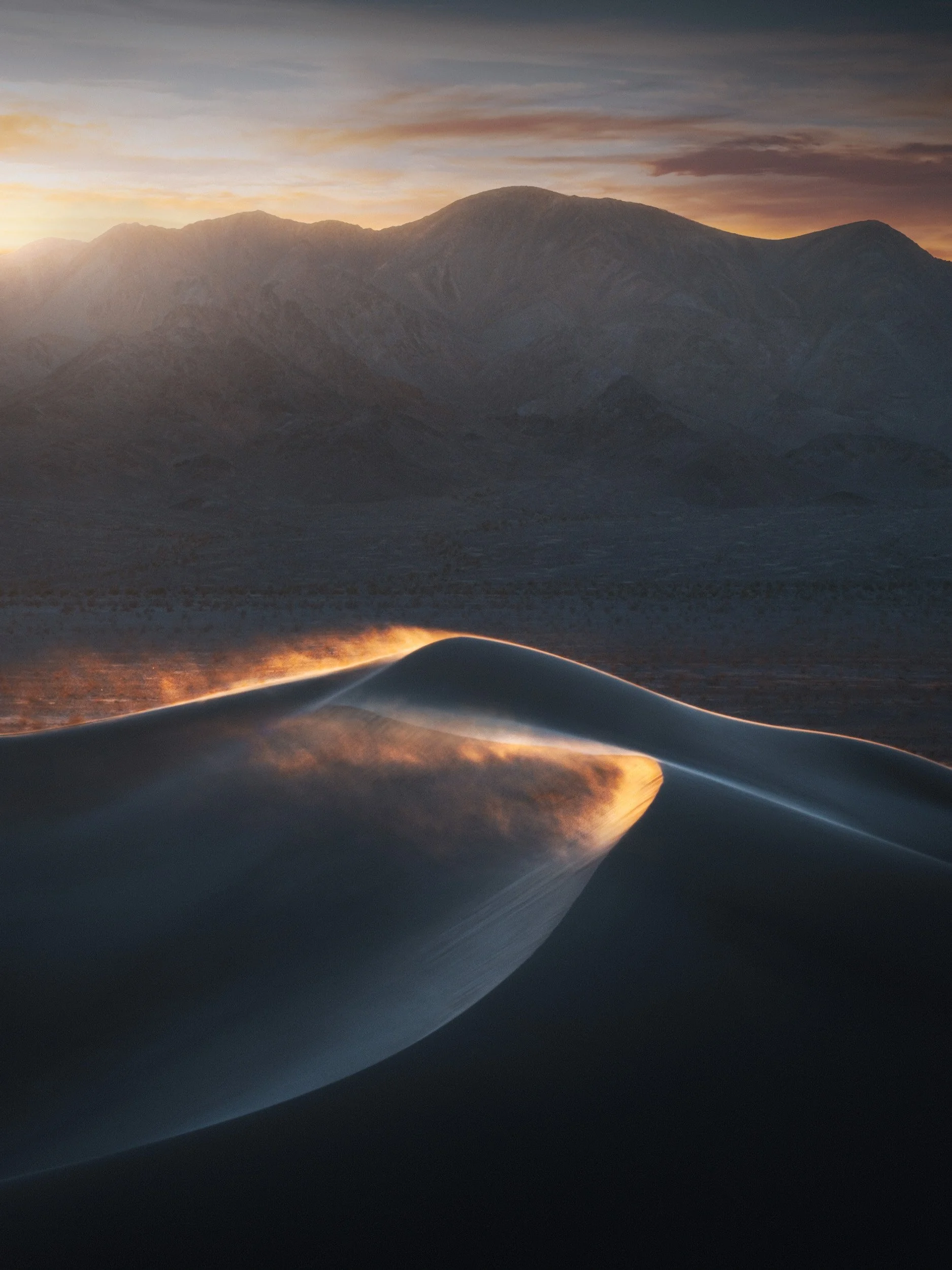
Earlier on in my career I probably would have told you that attempting to have two main areas of artistic focus was a detriment to my growth. We’ve all heard the jack-of-all-trades but master of none nonsense, but I truly don’t think I would be the artist that I am today without a heavy pursuit into both.
My editing sessions are never regular. Sometimes a particular edit can take weeks of starting and stopping, only to drop the file into the trash and start fresh. Other times I can be completely done within an hour. It also really depends on the image being created and how clear my vision was from the start.
A lot of the time, when I click my shutter button I can already “feel” the direction that I am going to take something in an edit, and I’m chomping at the bit to get back to a computer and dump my cards.
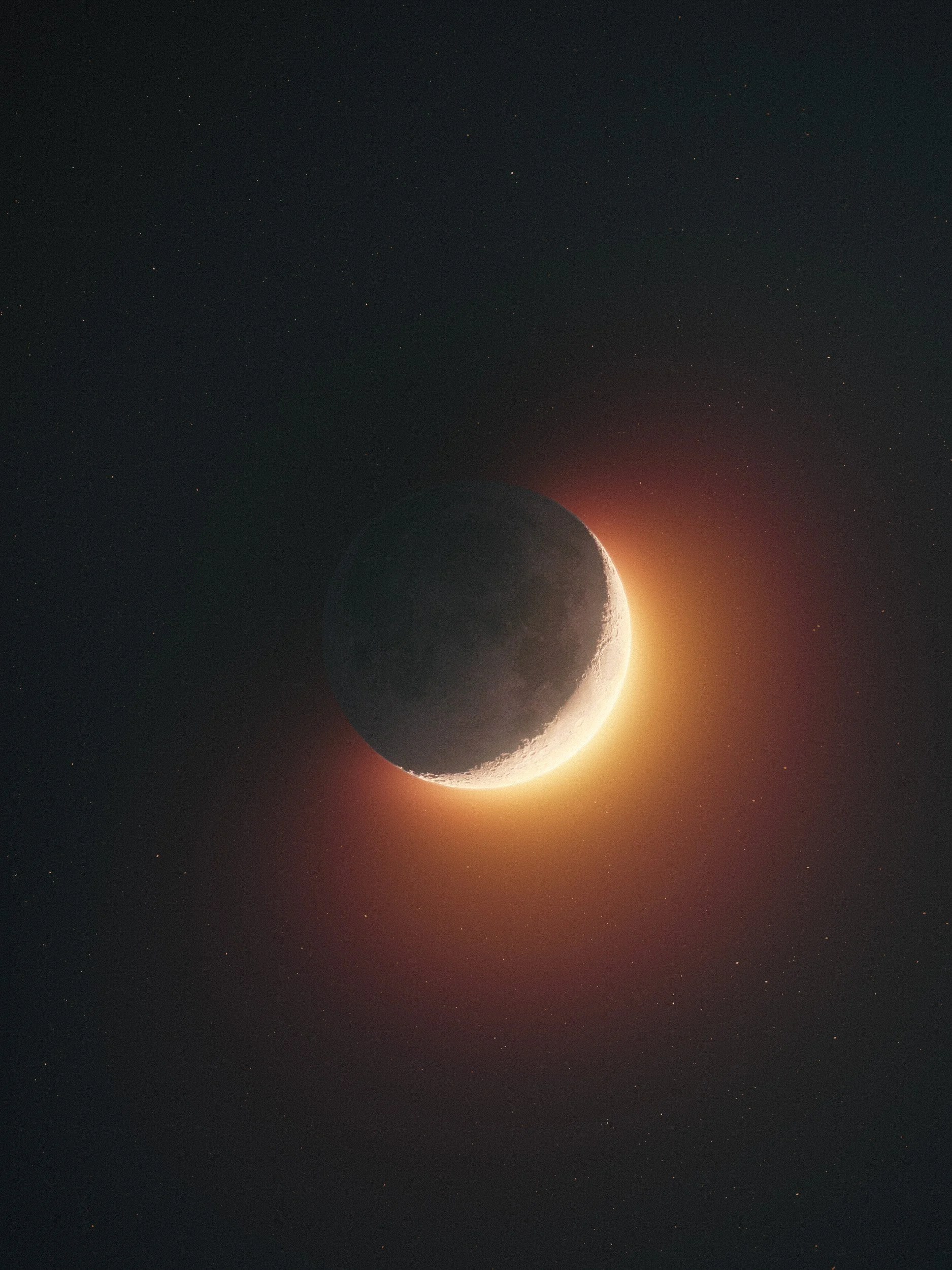
Them Frames: Much of your portfolio is made of images in lower light situations. Is there a reason you like making images in such conditions?
Bryan Minear: It’s interesting that you say that because it’s not something that I’ve ever been fully conscious of really. I just love light. I love watching it interact in different ways all around me throughout the day.
I don’t necessarily think that it’s the lack of light that draws me as much as the quality of light. I like my images to have an atmosphere and mood to them. I love hiding things away in the shadows and creating a lot of contrast in my work.
So much of this comes from my biggest influences: Ansel Adams, Edward Weston, and painter Frederic Edwin Church – all three have very unique ways that they portray light through their work and that’s always been something that I am trying to achieve with my own.

Them Frames: How does shooting landscapes impact your relationship with nature and mother earth?
Bryan Minear: I’m constantly in awe with this incredible world that we live in. When I go out it really feels like I am in some sort of communion with nature. I always try to take some time just to exist in a moment.
Sadly, I think our current social media driven culture has desensitized us to some extent, and it’s hard for some people to connect on a deeper level. Don’t get me wrong, I love and embrace changing future technologies, but there is truly something special about being completely disconnected from the outside world in a remote place.

Them Frames: As part of your arsenal you have an X-T2 with a modified sensor. Can you share more about that modification and why you had it made, please?
Bryan Minear: I am really such a huge gear nerd. Early on in my photographic journey I became really interested in all things infrared (IR). It was the otherworldly and unique colors you could get that got me interested, but a bigger piece of the puzzle was the idea of shooting black and white IR that really sold me.
I read on a forum back in 2012 that the original Fujifilm X100 camera that I owned was able to “see” IR unmodified using a filter, so that was my first foray into it all. It wasn’t a particularly great setup but it was enough to get me more interested in having a camera converted.
I shot that same way with an unmodified X-T2 for years, and then finally decided that it was time to convert it to full spectrum and really go for it. The moral of this story is that I should have converted a camera years earlier. Like you said earlier, so much of my work is dependent on a certain type of light, usually in the early morning or evenings, but IR opens up the entire day to me in a way that I’ve never really shot before.

Them Frames: It’s rare I ask a photographer about their website. But you have really put your own stamp on the design – I love it. Can you share some of the process of building the site and why you opted not to use one of the standard website builders most photographers use?
Bryan Minear: This is purely my design-brain on full display, but thank you. It makes me happy that someone noticed how much time I put into my site. My personal branding is something that I’ve always felt should be elevated on the same level as the work. It took me the better part of five years to come up with a personal logo that would stand the test of time. Prior to the one that I have now, I’m pretty sure that I changed it two or three times a year.
As for the website, I am not necessarily a web designer. I know how to code and I do a bit of front end UI type work but I always want something that is more unique to me and my style. All of that said, I can’t take full credit as the site is a WordPress theme that I heavily customized to fit my style.
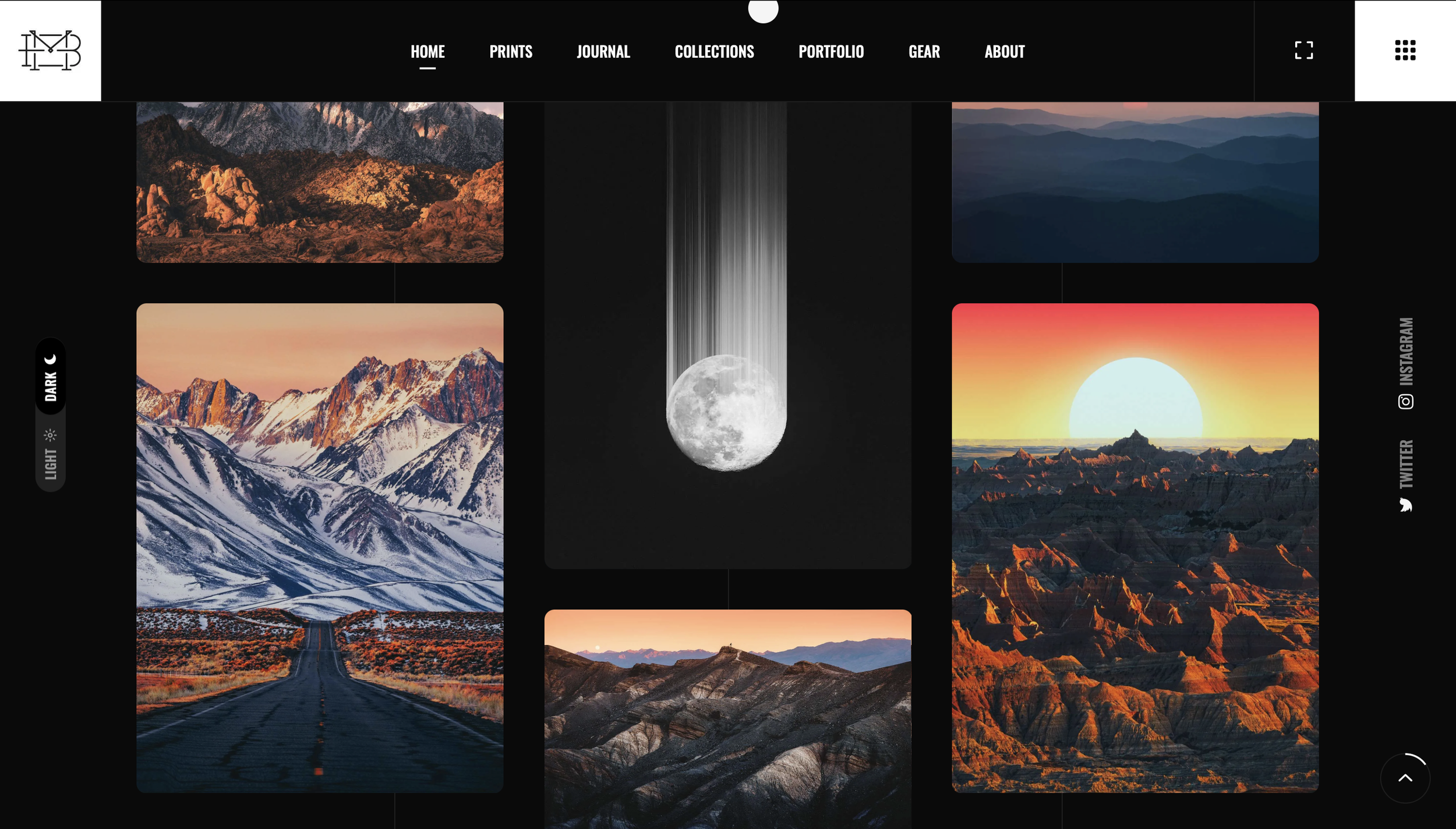
I have always wanted a site where the viewer can flip between light and dark mode, so everything really revolved around that and putting who I am as an artist on full display. I’ve built a lot for clients on things like Squarespace, and while they are great options for people who don’t necessarily want to spend three months creating a site, much like my branding, I have the tools and technical knowledge to make something a little more elevated, so I just have to go for it.
…now if I could just update my blog more regularly so people actually visit!
Them Frames: We often see duplicates of the same landscape photos. As someone who has crafted their own style, what advice would you give to someone who’s looking to find their unique voice in a very saturated genre?
Bryan Minear: I think it’s great to have inspiration. I’d be nowhere without trying to emulate other artists and photographers. But you have to be able to move on and grow from that early inspiration or you’ll get stuck. I was “stuck” for a number of years where I was making ok enough work, but I wasn’t pushing myself to grow as an artist. In my experience, this is largely a social media problem. You find a niche, gain a little bit of an audience because of that niche and then you feel like you have to keep rinsing and repeating to keep your audience happy so they don’t leave you. That’s all just superficial nonsense.
As someone who has been through that, I can tell you that there is nothing more harmful to your artistic vision. Your connection to the work is the most important thing, if it finds an audience, great, but that shouldn’t be a guiding force on whether or not you should keep creating. We have so many examples of great artists from the past who, sadly, never lived to see how revered their work became.
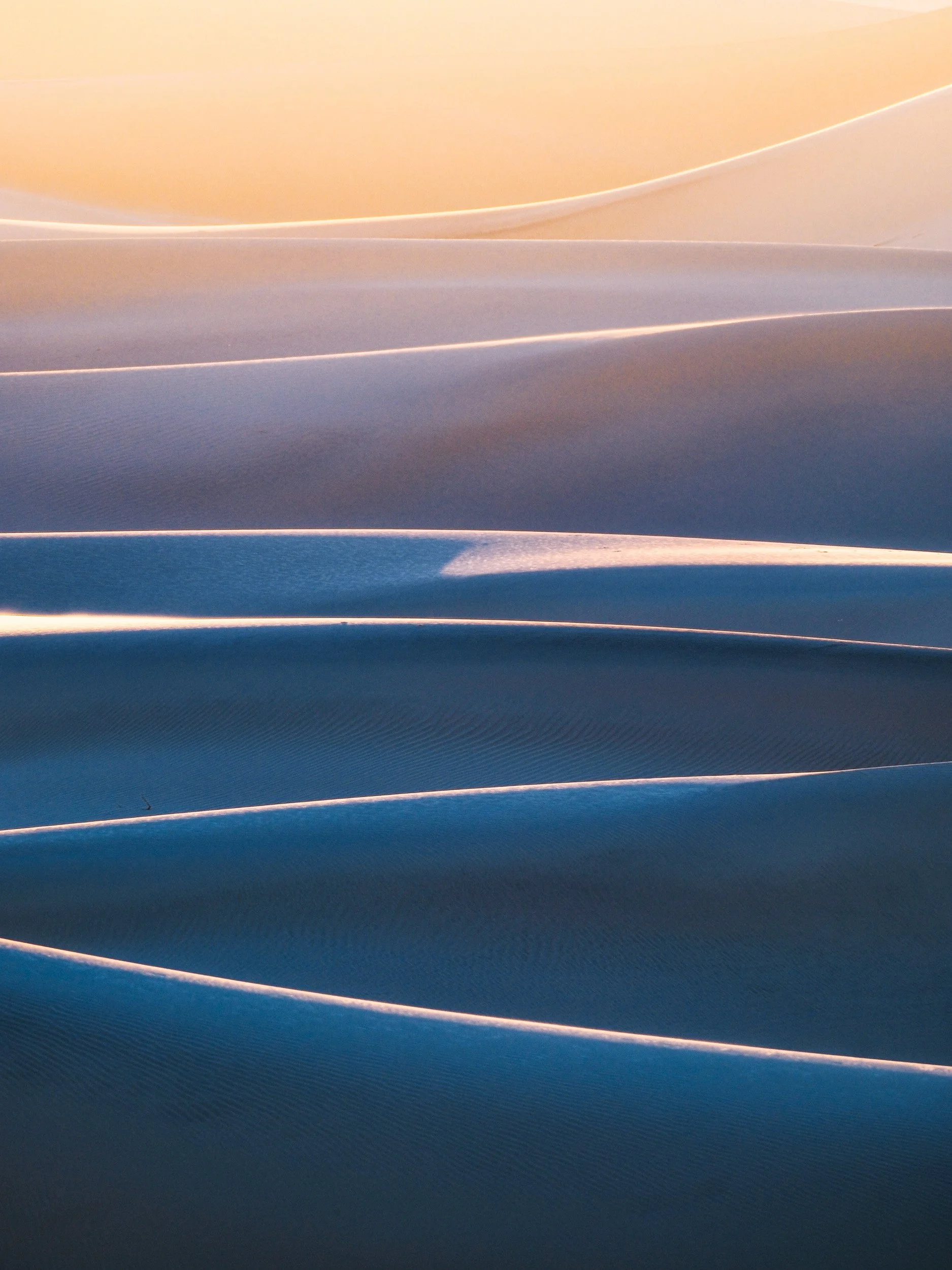
Right now is an exciting time to be an artist. Growing up in the 90s I never really saw it as a viable career path, but now there are so many ways that you can do it. Even if you, like me, have an art-adjacent career that helps to pay the bills so you can explore your true passion.
The downside is that making art is probably the best job anyone could possibly have, so the competition is stout. You can’t expect to be a carbon copy of any other artist and make it, you have to figure out what makes you and your work different and then distill that down into “your unique thing”.
One of my favorite quotes of all time is:
“Learn the rules like a pro, so you can break them like an artist.”
Them Frames: If you had to choose one song to be the soundtrack of your landscape portfolio, what would it be and why?
Bryan Minear: One song!? You are really killing me. Music is such a massive part of my life and always has been. I actually find it easier to title my work as if I was imagining its soundtrack. Anytime I try to come up with a title based on how it looks visually I come up short. But, ok, back to the song…
Since you are forcing me to choose only one, I can’t help but go classic. The Rain Song by Led Zeppelin. I don’t just hear that song, I feel it. It’s a song that has so much wonderful atmosphere created by Page on guitar and Jones on a synthesizer. It builds to something thick and moody in the same way that I hope all of my photographs exist.
Them Frames: Finally, please finish this question: I need photography in my life because…
Bryan Minear: photography IS my life. Simple as that.
